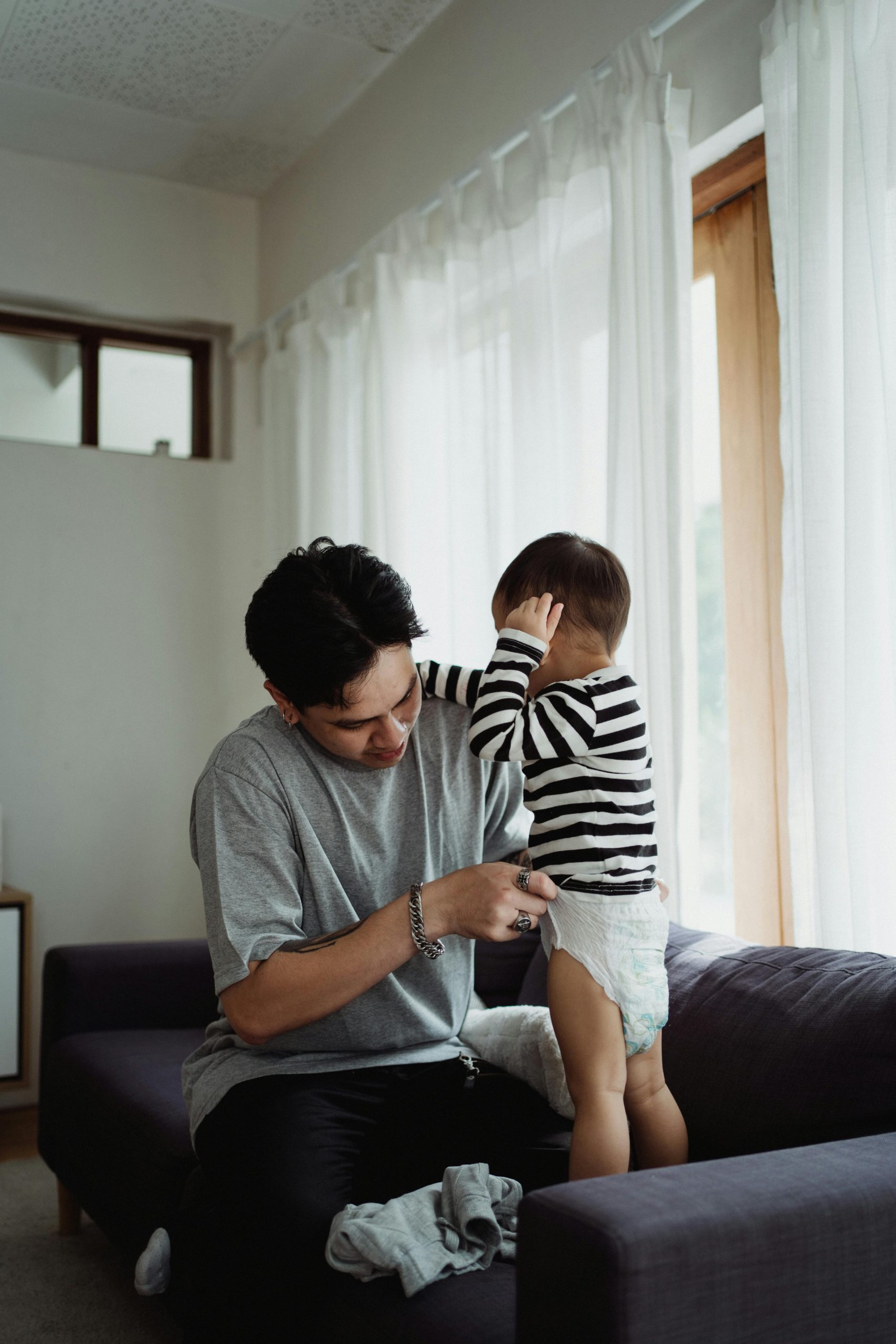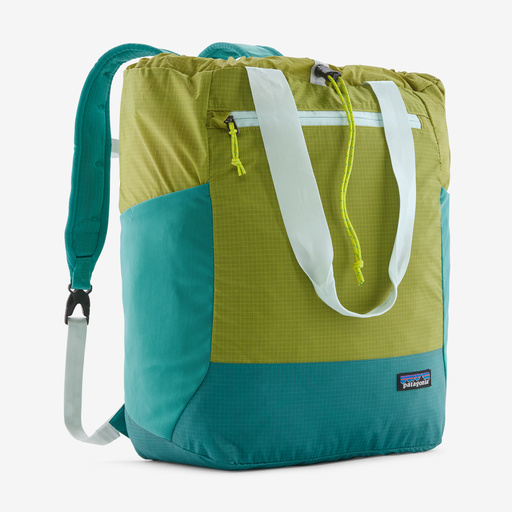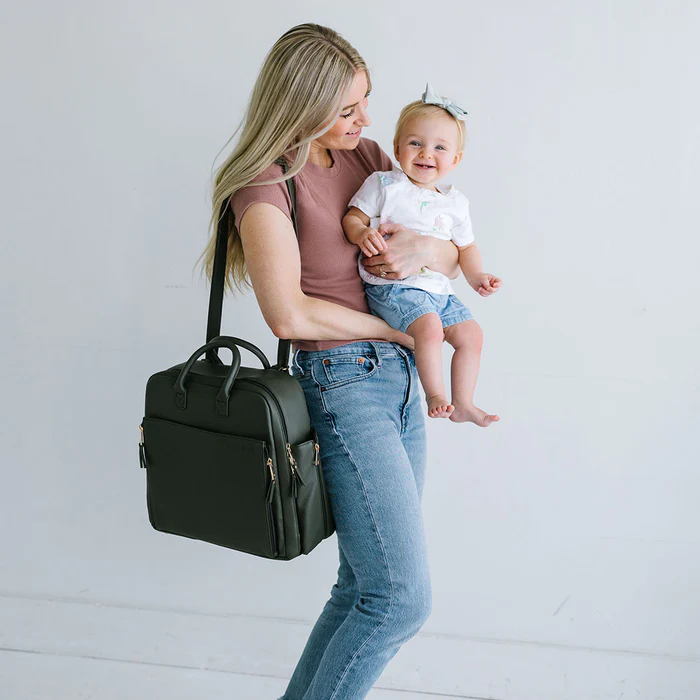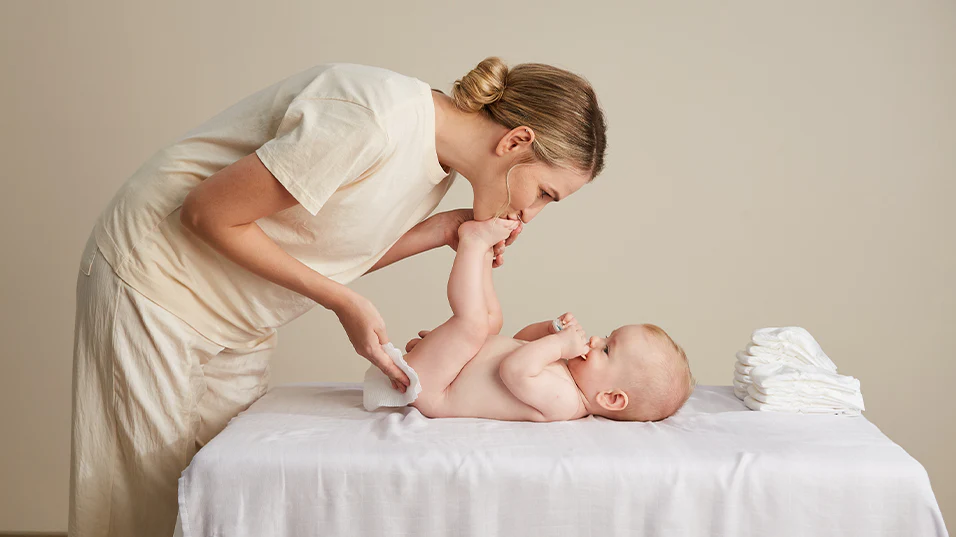Knowing When to Change Diaper Sizes
The world of diaper sizes can feel like a complex symphony, with notes of confusion and uncertainty swirling around new parents. But fear not, maestro! This comprehensive guide, aims to equip you with the knowledge to confidently conduct the perfect “diaper size upgrade” performance for your little one.
Understanding the Fundamentals:
- Weight Charts: Diaper brands generally provide weight charts as starting points. While helpful, remember every baby grows at their own pace. Don’t solely rely on weight; listen to your baby’s needs and observe their unique cues.
- Snug Fit, Not a Squeeze: Aim for a comfortable, snug fit around your baby’s legs and waist. Think of it like finding the perfect instrument case – snug enough to protect, but not constricting the melody.
- Signs of a Small Diaper: Just like a mismatched instrument makes discordant music, a small diaper creates discomfort and disrupts your baby’s harmony. Here are some key signs:
Visual Cues:
- Leaks: Frequent leaks around leg holes, waist, or even blowouts (leaks between the legs) indicate the diaper can’t contain your baby’s output. Imagine water overflowing from a cracked instrument – time for a change!
- Red Marks: Chafing due to a tight fit can leave irritated, red marks on your baby’s thighs, tummy, or groin. Think of these marks like jarring notes in the symphony of your baby’s well-being.
- Gaps and Digging: If the leg holes leave visible gaps or the waistband digs into your baby’s skin like a too-tight string on your instrument, it’s time to upsize. Imagine loose strings making an instrument unplayable; gaps and digging disrupt your baby’s comfort.
- Size Disproportion: Take a step back and visually compare the diaper size to your baby’s bottom. Does the diaper seem noticeably smaller, with the elastic stretching taut around your baby’s body? Trust your gut – a snug fit is good, but not one that restricts movement or leaves marks.
Tactile Checks:
- Finger Test: This classic test involves fastening the diaper comfortably and then trying to slip two fingers under the waistband. If there’s no wiggle room, the diaper is likely too small. Aim for a snug fit with enough space for air circulation and comfort. Imagine two fingers gently resting on the strings of your instrument, allowing for subtle adjustments.
- Leg Hole Snugness: Gently slip one finger under the leg hole elastic. It should be snug without leaving red marks or creating gaps. Think of the leg holes like comfortable gloves for your baby’s delicate legs, snug but not constricting.
Behavioral Cues:
- Increased Fussiness: Pay attention if your baby cries or fusses more than usual during diaper changes. This could be a sign of discomfort from a tight or leaky diaper. Imagine your baby trying to communicate their discomfort through fussiness, like a tiny conductor trying to fix a disharmonious sound.
- Pulling at Diaper: Does your baby constantly try to pull at or remove their diaper? This might be their way of communicating discomfort due to an ill-fitting diaper. Think of your baby as a magician trying to escape the confines of a too-small diaper.
- Sleep Disruptions: If your baby frequently wakes up crying during the night, consider if leaks or discomfort from a small diaper could be the culprit. A well-fitting diaper should allow for peaceful sleep throughout the night. Imagine your baby peacefully slumbering, undisturbed by discordant diaper woes.
Beyond the Basics:
- Growth Spurts: Babies grow at different rates, and growth spurts can happen quickly. During these periods, be mindful of upsizing more frequently to avoid discomfort from a small diaper. Think of growth spurts like magic beans – your baby suddenly seems bigger, and their diaper needs might change rapidly.
- Diaper Brand Variation: Different brands and types of diapers offer varying fits and absorbency levels. Experiment to find a brand that fits your baby well and suits your needs. Consider factors like sensitivity and absorbency, like trying on different gloves to find the perfect fit for your instrument.
- Overnight Diapers: For longer sleep stretches, consider using overnight diapers specifically designed for increased absorbency. This can prevent leaks and ensure a good night’s sleep for both you and your baby. Think of overnight diapers as superheroes, protecting your baby and your sleep from leaks.
- Consult Pediatrician: If you have any concerns about diaper fit, persistent leaks, or suspect underlying health issues causing frequent discomfort, consult your pediatrician. They can offer professional guidance and advice, like a wise conductor helping you navigate the orchestra of diaper sizes.
Remember:
- A well-fitting diaper is crucial for your baby’s comfort, hygiene, and well-being. Don’t hesitate to size up if you observe any of the signs mentioned above, prioritizing your baby’s needs.
- Trust your instincts and pay close attention to your baby’s individual cues and behaviors. With practice and observation, you’ll become a pro at ensuring your little one has the perfect diaper fit!
Additional Tips for a Harmonious Diapering Experience:
- Stock Up on Different Sizes: Having diapers in both current and slightly larger sizes on hand allows you to quickly adapt to growth spurts or sudden changes in output. This is like having backup strings for your instrument, ensuring you’re prepared for any note your baby throws your way.
- Label Diapers: If you’re using multiple sizes, label them clearly to avoid confusion during those late-night diaper changes. Think of it like labeling your instrument case, making it easy to find the right size in the moment.
- Practice Makes Perfect: Don’t get discouraged if the first few size changes feel awkward. With practice, you’ll develop a smooth and efficient routine, becoming a maestro of diaper changes in no time. Remember, even the most renowned conductors started somewhere!
- Embrace the Mess: Accidents happen, especially during size changes. Stay calm, clean up any messes quickly, and focus on your baby’s comfort. Think of it like a minor note off-key; it doesn’t ruin the entire symphony of parenthood.
- Enjoy the Moments: While diaper changes are a practical necessity, they can also be bonding experiences. Talk to your baby, sing songs, or play peek-a-boo to keep them entertained and create happy memories. Remember, these moments are part of the beautiful melody of parenthood.





